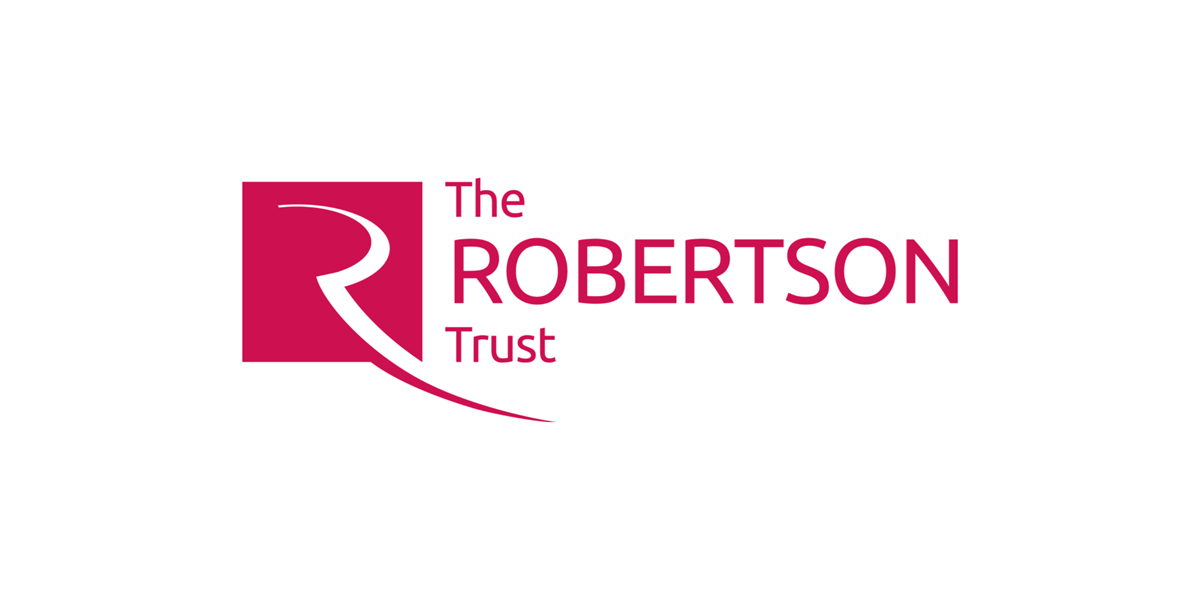Virtual meetings & video calls
Virtual meetings and video calls (sometimes called video conferencing) have rapidly become a common part of people’s working lives. They will be an essential part of how your team works.
Zoom, Microsoft Teams and Google Hangouts all offer very capable free video calls. Like any meeting, a bit of advance planning will help things go well.
Three key actions
- Keep meetings short and focussed, with a clear agenda or planned outcome
- Make sure everyone on the call can contribute if they need/want to
- Establish team etiquette or guidelines for your meetings
Keep meetings short and focused
You should always try to keep meeting as short as possible as people can experience meeting fatigue if they have too many or too long meetings
- Have a clear agenda or planned outcome and aims, which have been agreed before the meeting
- Recap at the end with action points and next steps
Make sure everyone can contribute
- Start with a ‘check-in’ so that participants can let each other know how they’re doing. Working remotely means people may need a moment or two to get into ‘meeting mode’. Also, a check-in ensures everyone can hear clearly.
- Use live documents and collaboration tools that everyone can access and contribute to
- Go ‘round the room’ at key points to ensure everyone is on board, not just your most vocal participants
- And this sounds obvious, but do Video calls
Team etiquette and guidelines
These can help ensure everyone at the meeting is happy and reflect your organisation’s general culture.
- Check people’s diaries before scheduling a meeting to ensure they don’t have back-to-back meetings
- Check in with colleagues via messaging platform before adhoc meetings
- Include a link to scheduled meetings in the calendar invite
- Check whether your laptop audio is decent quality. – some laptops have poor quality microphones that can lead to very echoey sound. You may need to use a headset to keep sound quality high or an inline mic to cut down on external noise and echoes
- In larger meetings, stay muted unless you’re talking - this helps prevent background interference and ensure everyone can hear
- Put your camera on – it is more personable and you can easily signal agreement, disagreement and confusion using hand signals
- Get yourself positioned so the light is on your face, otherwise you may become an invisible silhouette
- Try to get comfortable and relaxed – but be professional
- Sometimes it helps to turn off your ‘self view’ so you’re not staring at your own picture for too long
- Use the chat function to share links to collaborative documents
Resources
Last modified on 29 November 2023




